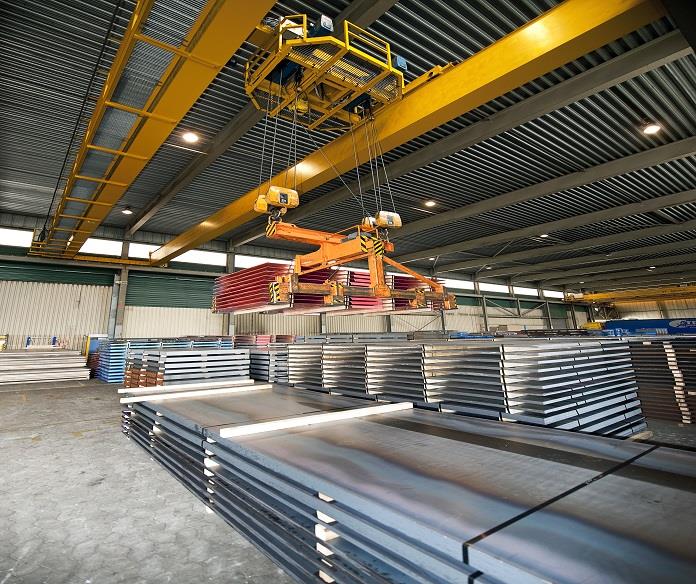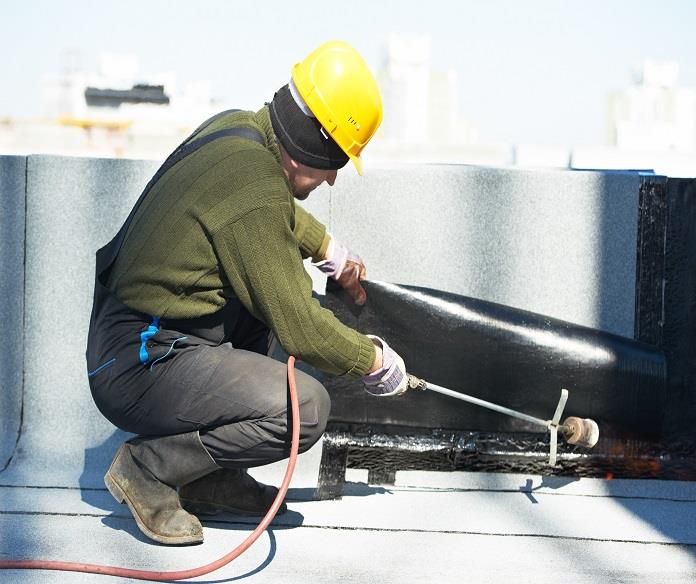Ensuring workplace safety is a critical component of any business operation. In Ontario, the emphasis on safety has led to the development of robust training programs such as the Traffic Control Person Course and the Health and Safety Excellence Program. These initiatives aim to equip workers with the necessary skills and knowledge to maintain a safe working environment.

Understanding the Traffic Control Person Course
The traffic control person course Ontario is designed to train individuals on how to manage traffic in construction and maintenance zones. This course is essential for anyone involved in directing vehicular and pedestrian traffic around work areas. Here are some key aspects of the course:
Course Content: The course covers various topics including signaling, traffic control devices, and safety measures. Participants learn about the responsibilities of a traffic control person, the use of personal protective equipment (PPE), and the proper placement of signs and cones to ensure safety.
Certification: Upon successful completion, participants receive a certification that is recognized across Ontario. This certification is often a requirement for employment in construction and road maintenance projects.
Benefits: This course not only ensures the safety of workers and the public but also reduces the risk of accidents and injuries on-site. It contributes to a more organized and efficient work environment.
The Health and Safety Excellence Program
The Health and Safety Excellence Program is another crucial initiative in Ontario, aimed at fostering a culture of safety within organizations. This program provides a comprehensive framework for businesses to improve their health and safety practices.
Program Overview: The Health and Safety Excellence Program offers various topics and standards that businesses can choose from, depending on their specific needs. These topics range from hazard identification and risk assessment to emergency preparedness and response.
Participation and Rewards: Companies that participate in the program can earn financial rebates from the Workplace Safety and Insurance Board (WSIB). The program is structured to incentivize continuous improvement in health and safety performance.
Implementation: To join the program, businesses must register with an approved provider and select the topics they want to focus on. They then develop and implement action plans to address these areas, with the help of program resources and expert guidance.
Integrating Traffic Control and Health and Safety Programs
Combining the Traffic Control Person Course with the Health and Safety Excellence Program can significantly enhance workplace safety standards. Here's how these two programs complement each other:
Holistic Safety Approach: While the Traffic Control Person Course focuses on immediate, on-the-ground safety measures, the Health and Safety Excellence Program encourages a broader, more strategic approach to safety management. Together, they provide a well-rounded safety protocol.
Compliance and Best Practices: Both programs emphasize compliance with Ontario's safety regulations and the adoption of best practices. By participating in these programs, businesses can ensure they meet legal requirements and foster a proactive safety culture.
Continuous Improvement: The dynamic nature of the Health and Safety Excellence Program ensures that businesses are always looking for ways to improve their safety practices. This continuous improvement mindset is crucial for adapting to new safety challenges and technologies.
Investing in safety training programs like the Traffic Control Person Course and the Health and Safety Excellence Program is essential for any organization in Ontario. These programs not only ensure compliance with safety regulations but also create a safer and more productive work environment. To learn more about these programs and how they can benefit your business, visit Safety First Training.
By prioritizing safety training and excellence, businesses can protect their employees, reduce the risk of accidents, and achieve operational success.
Our website is a valuable resource for more information.





